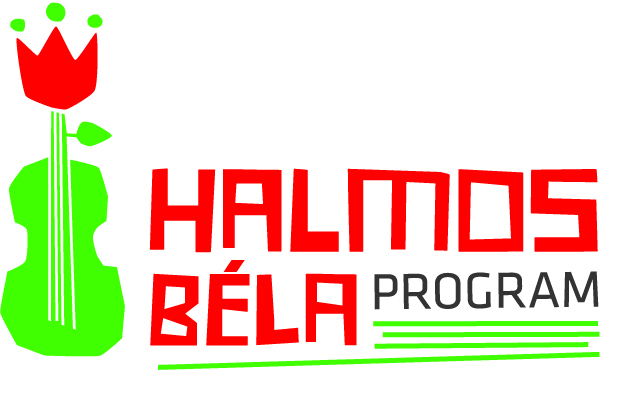
On their album, the “Hurdy-Gang” trio have decided to carry out a rather peculiar undertaking tottering on the boundary between authentic folk and oriental-historic world music. The LP’s foundations include strong musical traditions ranging from Hungarian folk music to tunes from Asia Minor, and have managed to broaden the genre’s much-travelled musical paths.
The Hurdy-Gang’s first LP, titled “Ízelítő” (“Taster”), contains noteworthy musical material that can potentially enter the contemporary discussion around a very popular and hotly debated topic: are we simply redressing our folk music by creating their modern reinterpretations or are we discovering a new set of values and aesthetics in them that have been lying dormant until just now?
Elegant, intelligent, and moderate is this piece of musical art that travels great rhythmic and melodic distances. The instrumental setting is unique alone: providing the album’s musical foundation are the cimbalom and other percussion instruments that are joined by either the hurdy-gurdy, the “tárogató” (a Hungarian, clarinet-like instrument), or at times the clarinet. Each combination is responsible for conjuring different moods and musical imagery in songs: the deep and continuous sound with hefty rhythms of the hurdy-gurdy create the atmosphere of a medieval setting. The instrument often tauntingly called “nyenyere” has been a widespread favourite for nobility until the 18th century. By the 19th century its popularity declined and it ended up as the oft-played instrument of peasant-born musicians and vagrants, hence the name “kolduslant” (“beggar’s lyre”). The hurdy-gurdy is first depicted in 16th century Hungary and was often used as a folk instrument on the central and southern regions of the Great Plains in Hungary as a primary feature at gatherings by the peasantry. Its sound was often accompanied by the clarinet or the above mentioned tárogató in the colourful Hungarian traditions. Their usage is based on far-reaching musical traditions and can be traced back to bagpipe music unanimously.
Béla Szerényi jr. is responsible for voicing all 3 instruments in the Hurdy Gang. Through his accurate, energetic, and highly conscious playing style, music from both the Middle-East and medieval Hungary resonate on the album, but dance melodies nested in Hungarian traditions can also be found – interestingly, intact, just as they are: the musical style stays faithful to the authentic style and musical variations, not wanting to force anything else on something that is already complete fundamentally. The accompaniment sets direction to this modern reinterpretation but not by cancelling out or dampening the musical atmosphere provided by the instrument playing the main melody. Often percussions employ Latin rhythms and the cimbalom often applies elements from jazz. Playing the cimbalom in the band is Ferenc Zimber, who takes part in almost virtually every project related to folk or world music. Percussions are played by Áron Buzás.
For those opposing the reinterpretation of folk music – who voice concerns more often along ideological and not aesthetic guidelines –will now have a chance to widen their perspective and sate their dissatisfaction. After dozens of senseless, unreasonable, and distasteful musical constructs, the Hurdy Gand has woven a seam of balanced proportion, interest, and girth, where every instrument has its solo sound but can also act as a musical fundament. Thereby proving not only the versatility but also their abilities of the instruments whose usage and sounding have been greatly limited by traditional musical attitudes.
Gentle but not fawning, reserved but not dull, a non-transparent musical space is being constructed by the trio – at one time their music speaks lightly from the background, at another time it blasts with resounding strength, firmly grabbing our attention. It carries a flexible mood of many facets, lets imagination and emotion soar, all the while its waypoints and forms are crystal clear. We must let its flavours blossom, like that of a fine-cut red wine that instantly speaks volumes with its intense crimson colour, palatal drive, and stern character.
by Wereniki
Hurdy Gang: Ízelítő (Author's edition, 2017)
Translated by Kálmán Farkas
A bejegyzés trackback címe:
Kommentek:
A hozzászólások a vonatkozó jogszabályok értelmében felhasználói tartalomnak minősülnek, értük a szolgáltatás technikai üzemeltetője semmilyen felelősséget nem vállal, azokat nem ellenőrzi. Kifogás esetén forduljon a blog szerkesztőjéhez. Részletek a Felhasználási feltételekben és az adatvédelmi tájékoztatóban.



